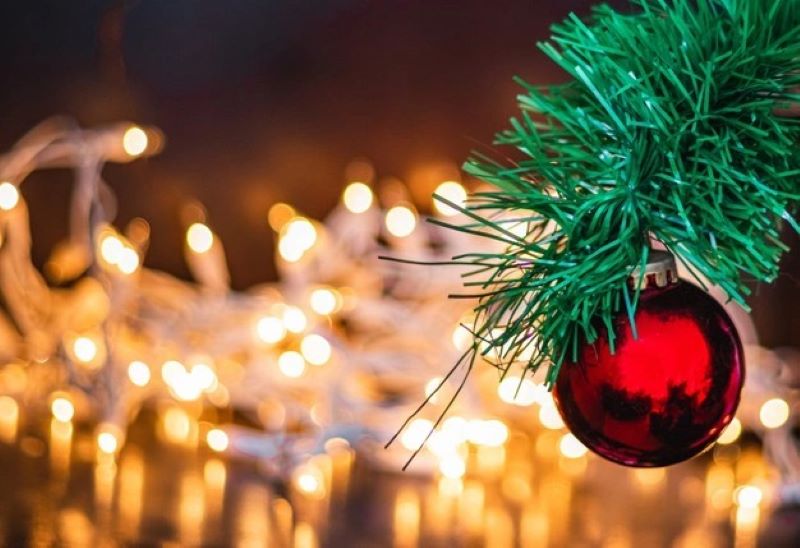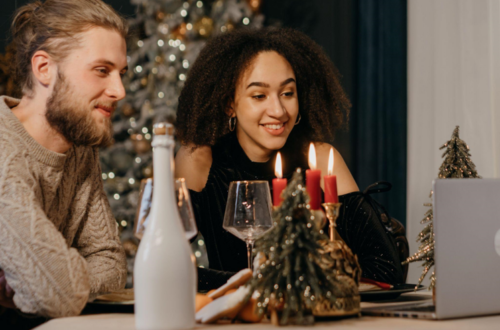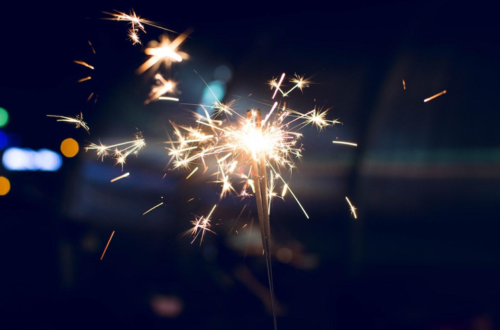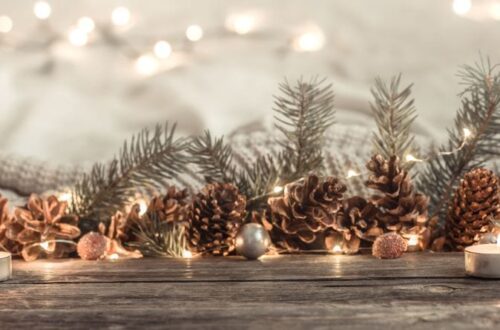
From Carols to Candles: The Customs of a Traditional Christmas Eve
The Magic of Carols on Christmas Eve
Christmas Eve is one of the most anticipated events of the year – a magical evening where the air is filled with a scent of excitement and anticipation. Traditionally, Christmas Eve was celebrated by families coming together, exchanging gifts, and engaging in a series of customs that have evolved over time.
One of the most popular customs on Christmas Eve is singing carols. For many families, this is a tradition that goes back generations. From “Silent Night” to “Deck the Halls,” carols capture the holiday spirit and bring families together in song. In some cultures like the Czech Republic and Slovakia, Christmas Eve is called “Stedry Vecer,” which means “bountiful evening,” and singing carols is an important part of the celebration.
Another Christmas Eve custom is the use of candles. In some traditions, candles are lit to symbolize the light of Christ. They also add to the ambiance of the evening, creating a cozy and warm atmosphere. Candles are used in many different ways, from lighting the Christmas tree to creating a path to the front door for Santa Claus. It’s said that in Scandinavia, the custom of lighting candles on Christmas Eve is a way to bring the warmth and light of the sun back into homes during the long, dark winter nights.
The Symbolism of Lighting Candles
In addition to singing carols and lighting candles, preparing a feast is a significant part of the Christmas Eve tradition. In some cultures, it’s customary to eat seafood on this special night, while in others, it’s more common to indulge in a variety of sweets and cakes. In Latin America, for example, “bunuelos” (a type of fried dough) and “churros” are traditional treats that are enjoyed on Christmas Eve.
For many children, one of the most exciting parts of Christmas Eve is the arrival of Santa Claus. In some cultures, Santa Claus is known as “Pere Noel” (Father Christmas) or “Sinterklaas,” and he delivers presents to children who have been good throughout the year. In other traditions, it’s customary to leave out food and drink for Santa and his reindeer as a way of showing appreciation for his visit.
Beyond these customs, there are many other unique traditions that families uphold on Christmas Eve. For example, in Iceland, it’s customary to exchange books as gifts and spend the evening reading with loved ones. In Estonia, families traditionally go to the sauna and in Portugal, it’s common to attend midnight mass.
While the customs of Christmas Eve may vary across different cultures and regions, there is one key element that unites them all – the spirit of togetherness and love. Whether it’s singing carols, sharing a feast, or exchanging gifts, Christmas Eve is a time to connect with family and friends and celebrate the joy of the holiday season.
As we celebrate Christmas Eve this year, let us remember the rich traditions that have been passed down through generations and cherish the moments we spend with our loved ones. May the customs of Christmas Eve continue to bring us joy, warmth, and a sense of community year after year.




